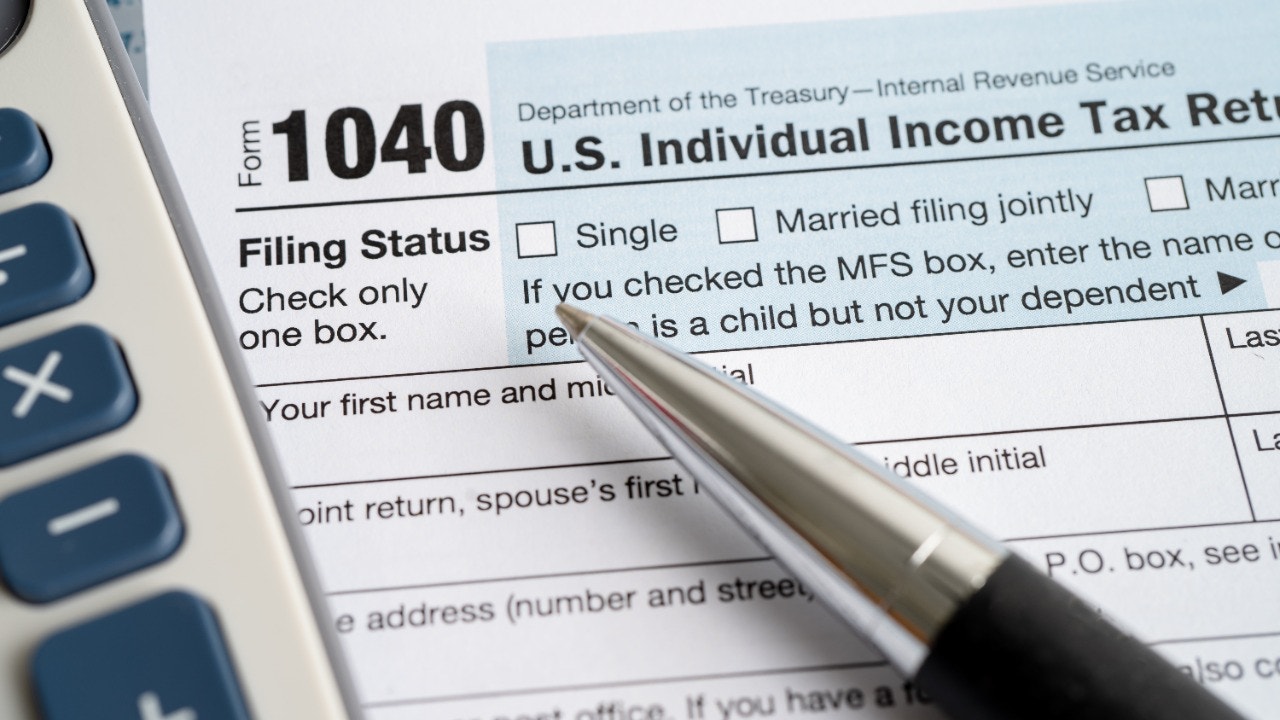Finance
You could face a nasty tax shock in 2024

Americans who underpay their quarterly estimated taxes could be hit with a surprise bill in the spring.
That’s because the IRS penalty for individuals who fail to make accurate, on-time payments – or don’t pay their estimated taxes at all – surged to 8% at the beginning of October, nearly triple the previous 3% rate.
The increase is one of the many side effects of the Federal Reserve’s aggressive tightening campaign, which sent interest rates soaring last year to the highest level since 2001. The IRS calculates its underpayment penalty by taking the benchmark federal funds rate and adding 3 percentage points.
Freelancers, gig workers and other self-employed individuals are most at risk of being hit with the late fee.
HERE’S EVERYTHING YOU NEED TO KNOW BEFORE FILING YOUR TAXES
Workers can choose to withhold taxes from their income, or they can make estimated payments to the IRS four times each year. Taxpayers can also choose a combination of both.
The option applies to income from self-employment, investments and gig economy work, among others. It is frequently used by independent contractors, freelancers and gig workers because there is no tax automatically withheld on their income. Some small businesses, as well as landlords and self-employed workers, also take advantage of the practice.
REMOTE WORKERS FACE A DOUBLE TAXATION THREAT
The IRS said it has seen an increasing number of taxpayers subject to the estimated tax penalties, which can amount to several hundred dollars. Taxpayers can ordinarily avoid a penalty by ensuring they pay at least 90% of their taxes owed during the year.
Experts advise that if you cannot make the entire payment, you pay as much as you can by the deadline instead of waiting to pay the tax bill in its entirety in order to lessen the potential penalty.

If a taxpayer fails to make a required quarterly payment this year, they could be charged a penalty later. But making a payment by the first-quarter April 15 deadline could help to reduce any financial fee owed to Uncle Sam – and could eliminate it altogether.
The fastest way to make a quarterly payment, according to the IRS, is electronically using a tool called Direct Pay. Taxpayers can choose to schedule the payment in advance.
However, individuals can also make payments through their IRS Online Account.
Read the full article here


















